Fire Lane Striping Best Practices
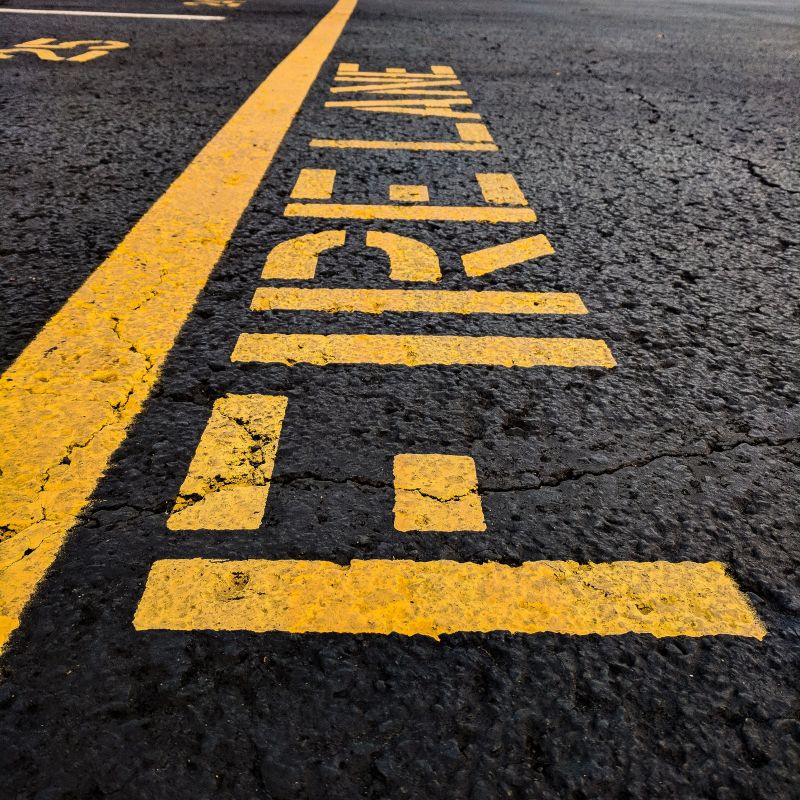
Performing fire lane stripings in early morning hours minimizes disruption and allows for optimal curing conditions.
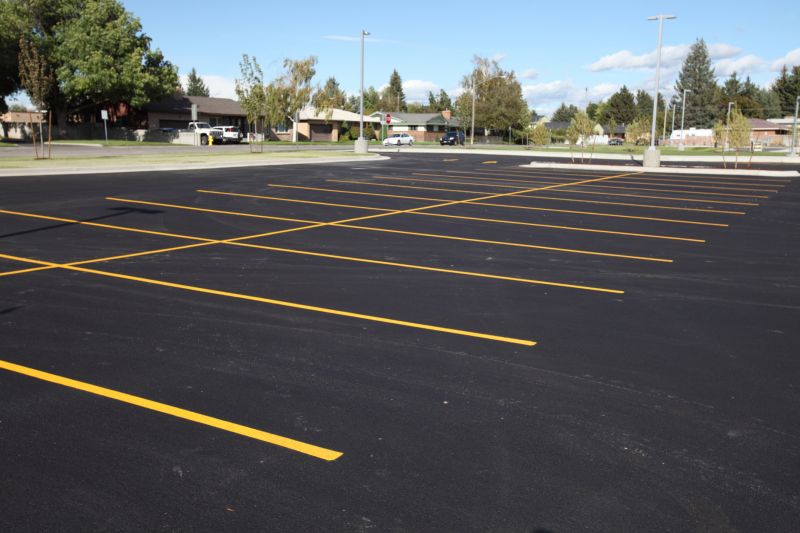
Warmer temperatures during late spring and summer facilitate faster drying and better adhesion of striping materials.

Choosing periods with minimal rain ensures the longevity and visibility of fire lane markings.
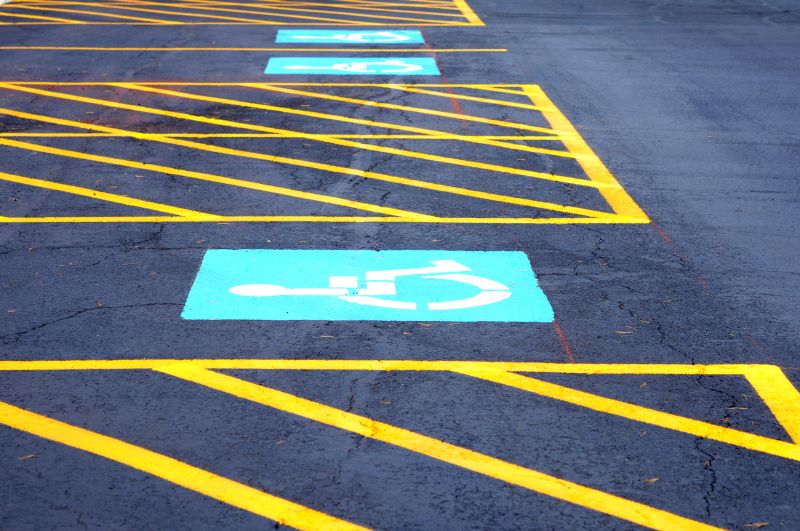
Ways to make Fire Lane Stripings work in tight or awkward layouts.
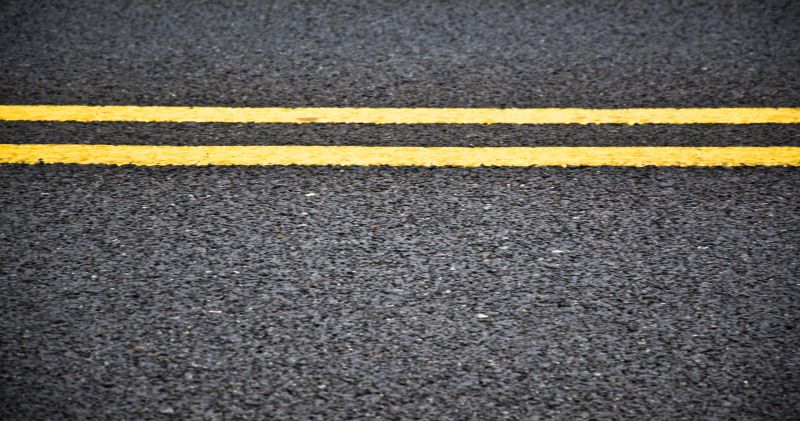
Popular materials for Fire Lane Stripings and why they hold up over time.

Simple add-ons that improve Fire Lane Stripings without blowing the budget.
Fire lane stripings are essential for maintaining clear access routes for emergency vehicles. Properly marked fire lanes improve safety by ensuring that fire trucks and ambulances can reach emergency sites without obstruction. The durability and visibility of these markings depend heavily on timing and environmental conditions during application. Optimal conditions include dry weather, moderate temperatures, and minimal traffic interference, which contribute to the longevity of the stripings.
Rain and high humidity can delay curing times and reduce the durability of fire lane markings.
Applying stripings during moderate temperatures ensures better adhesion and longer-lasting results.
Scheduling striping projects in seasons with predictable dry weather enhances effectiveness.
Performing stripings during low-traffic times prevents smudging and ensures clear lines.

High-end options that actually feel worth it for Fire Lane Stripings.
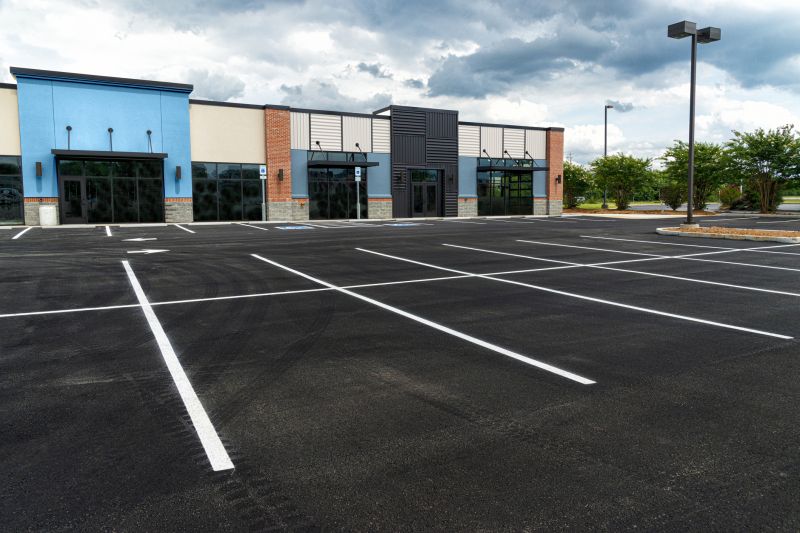
Finishes and colors that play nicely with Fire Lane Stripings.

Little measurements that prevent headaches on Fire Lane Stripings day.
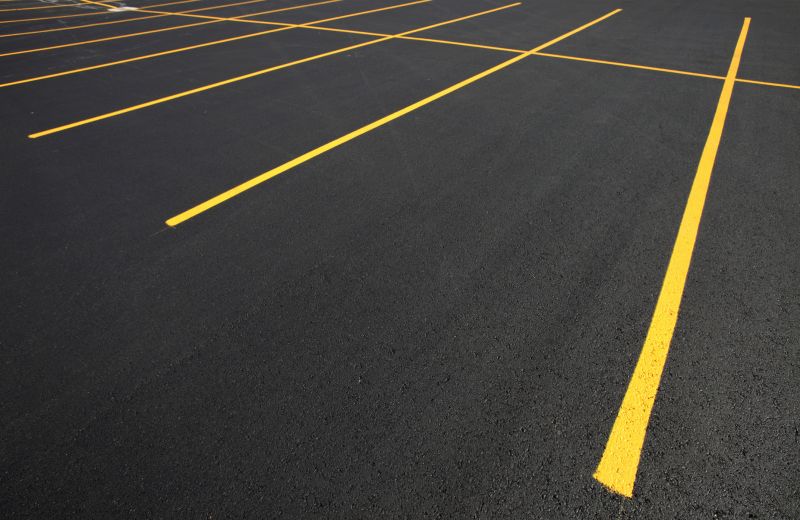
A 60-second routine that keeps Fire Lane Stripings looking new.
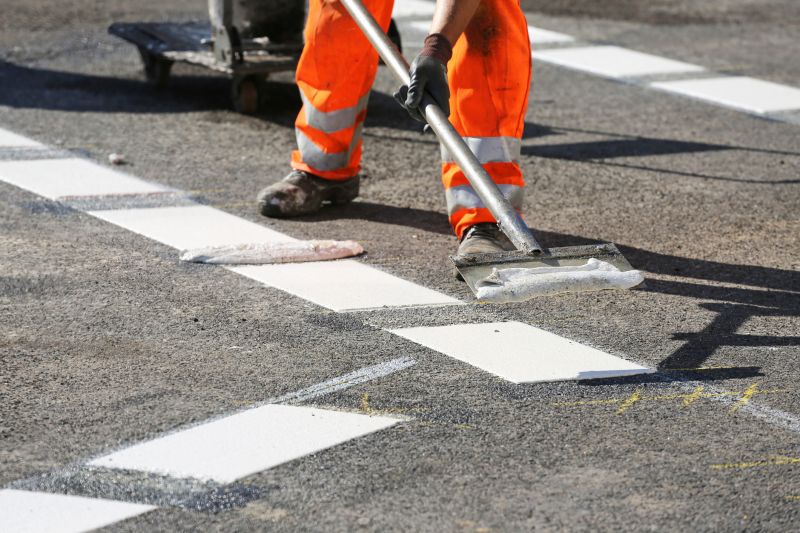
A frequent mistake in Fire Lane Stripings and how to dodge it.

Small tweaks to make Fire Lane Stripings safer and easier to use.

Lower-waste or water-saving choices for Fire Lane Stripings.
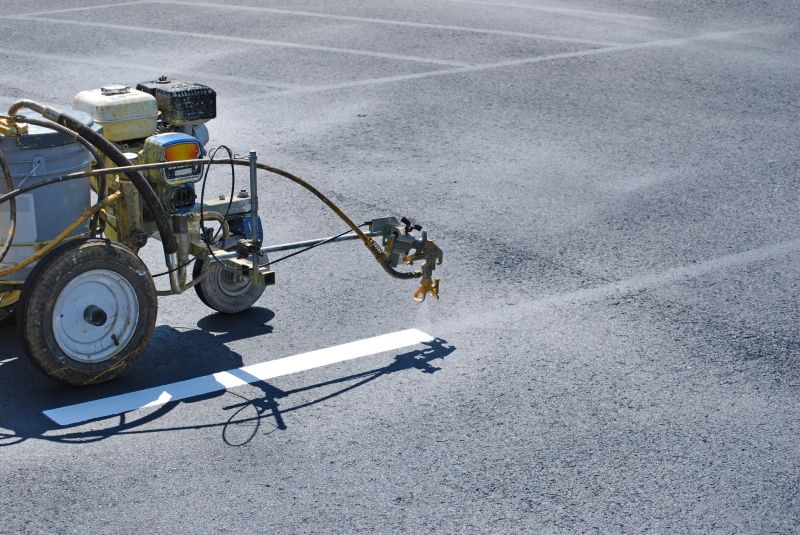
The short, realistic tool list for quality Fire Lane Stripings.
| Optimal Timing Factors | Details |
|---|---|
| Weather Conditions | Dry weather with low humidity is ideal for striping application. |
| Temperature Range | Moderate temperatures between 50°F and 85°F promote adhesion. |
| Traffic Levels | Low traffic periods prevent smudging and line distortion. |
| Seasonal Considerations | Spring and summer generally offer more predictable dry periods. |
| Preparation Time | Scheduling ahead ensures availability during optimal conditions. |
| Application Window | Early mornings or late evenings are preferred for minimal disruption. |
Selecting the right timing for fire lane stripings ensures maximum durability and visibility. Weather plays a critical role, with dry, moderate conditions providing the best environment for application. Proper planning around seasonal variations and traffic patterns enhances the effectiveness of markings, supporting emergency response readiness.
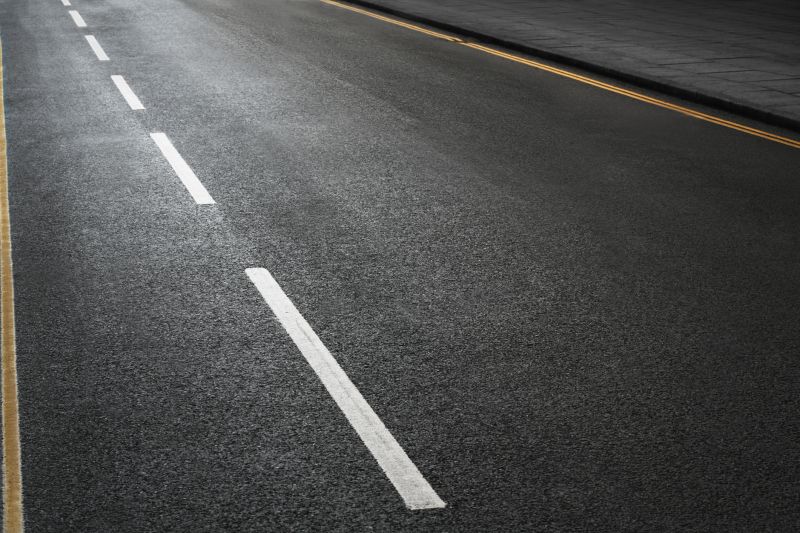
Rough timing from prep to clean-up for Fire Lane Stripings.

Quick checks and paperwork to keep after Fire Lane Stripings.
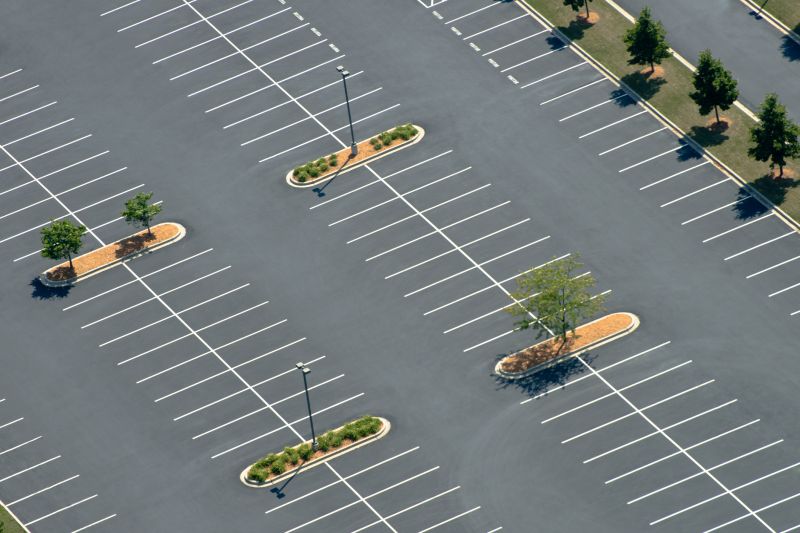
Examples that show the impact a good Fire Lane Stripings can make.

Ways to make Fire Lane Stripings work in tight or awkward layouts.

Ways to make Fire Lane Stripings work in tight or awkward layouts.

Ways to make Fire Lane Stripings work in tight or awkward layouts.
Properly timed fire lane stripings contribute to effective emergency access and safety. Planning applications during favorable weather and low traffic periods ensures markings remain clear and long-lasting. Regular maintenance and re-striping are recommended to maintain visibility and compliance standards.
Interested in fire lane stripings? Filling out the contact form can provide additional information and scheduling options to ensure markings are applied under optimal conditions for maximum effectiveness.
